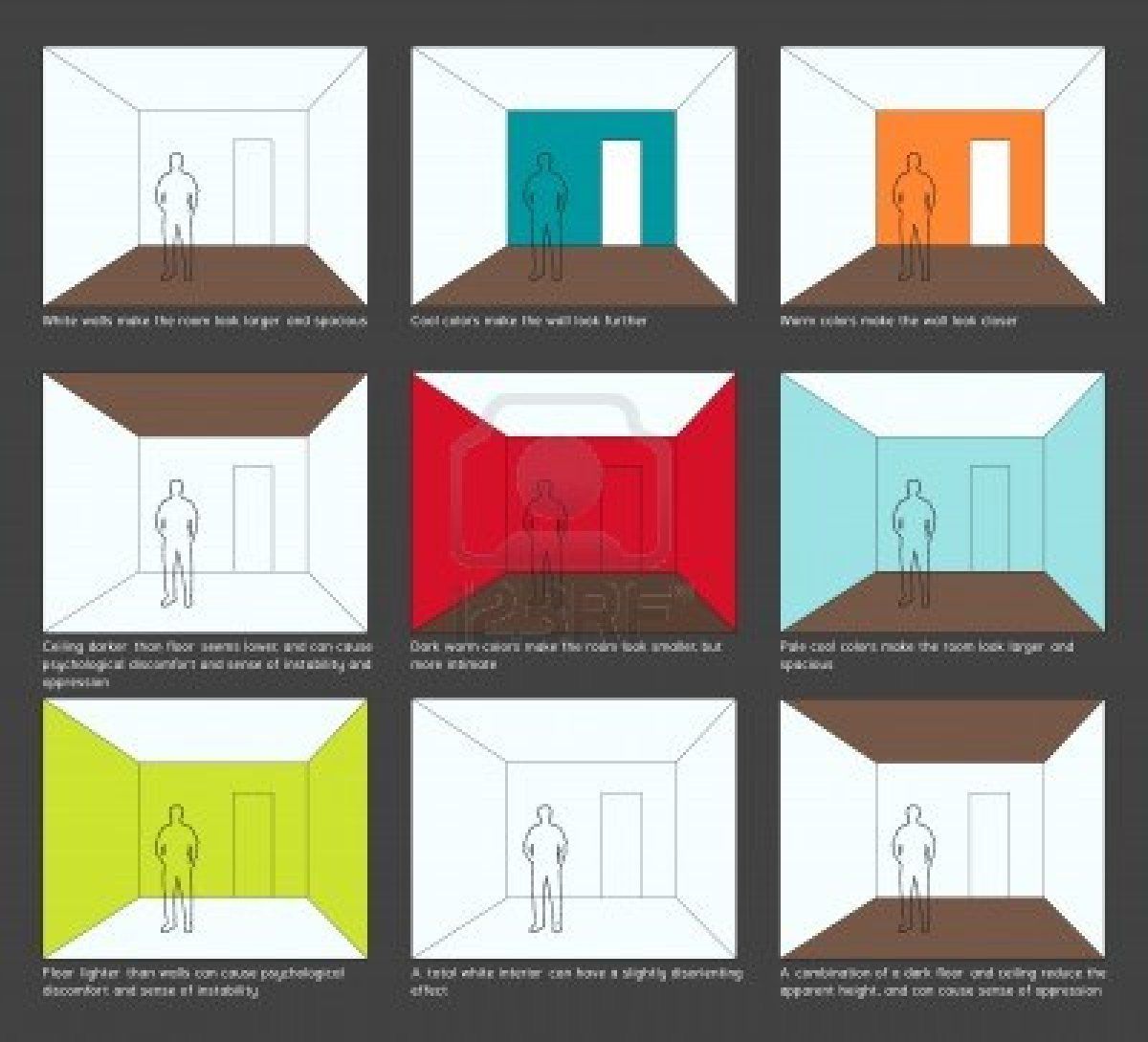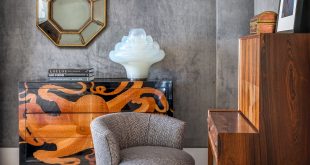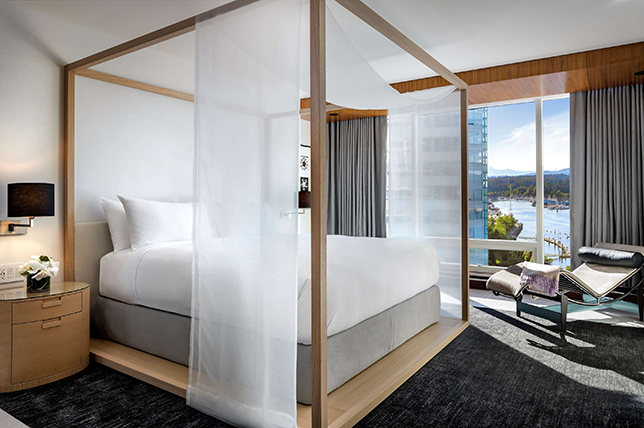
Since sometimes you don’t know where to start when decorating your home, we’re here to help you understand the basics of interior design. Mastering the principles of interior design can be difficult if you’re not into design, and we want to make it easier for you to learn the basics of interior design.
Use these tips and tricks from our decorators to take advantage of these interior design principles – or interior design for dummies, if you will.
Plan for practicality

One of the principles of interior design is practicality. There is no point in spending all of your time designing a beautiful room if your furniture doesn’t fit and you can’t walk through the space between your table and the door. It’s best to start with the basics of interior design – find out if and where your furniture will fit in your room. Think about the arrangement of your furniture based on what you want in the space and what items you use the most.
If you put a stylish chair in front of your fireplace because it looks good, it won’t work if you aren’t sitting in that chair, and if you have your coffee table at the other end of the room from the couch because it fits into the room. is not realistic or practical. An easy way to find out what will fit in your space and where is to measure it all and draw it to scale. You can then move things around and see what fits where. This is an integral part of our dummies interiors list for good reason. You should spend a lot of time in this early stage.
Bring pen to paper

It can be difficult to visualize exactly what your space might look like with so many ideas in front of you. One of the basics of interior design is to be inspired with visuals. Collect your ideas on paper (or on your computer) and create a visualization of your house. Invest in a set of colored pencils so you can compare colors, wallpaper designs, and the colors of your furniture.
This is also a great way to find out what looks good and what doesn’t. From here, you can navigate through color schemes and fabrics to find the ultimate design for your home.
Create a mood board

When you’re taking in so many ideas, it can be difficult to keep track of them all. A simple and effective way to organize your ideas together is a mood board that is perfect for your interior design concepts. You don’t have to do it the old fashioned way of cutting out pictures from magazines and sticking fabric samples on a board. Apps like Pinterest can help you create a space where you can keep your ideas together and refer back to them later (interior design basics went online).
When you have all of your ideas in one place like this, you can choose from things that you also don’t like. That way, you can see your tastes and ideas change, and get rid of the ideas that you don’t like.
Get inspiration from others
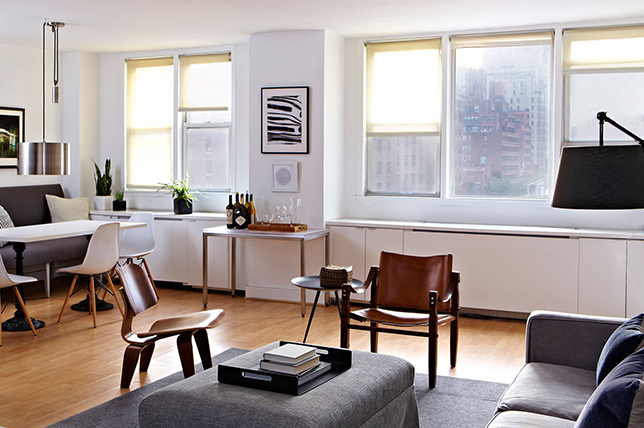
If you’re not an interior designer, check out the designs made by people looking for inspiration. One of the best ways to get inspiration is to look at the spaces other people are designing so you can see what’s trending right now while getting the most out of their interior design concepts. Unless you are gifted with natural interior design skills, understanding these can be difficult when trying to get to grips with the basics of interior design.
Get inspiration from interior design magazines and interior design websites as people share their designs to inspire you and show you what can be done.
take your time
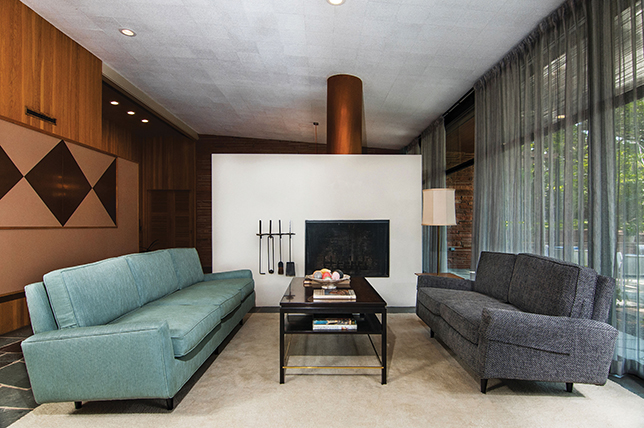
One of the basics of interior design is to take your time – when you’re designing your home, there’s no rush, you don’t have a tight schedule, and it doesn’t have to be done in one fell swoop or overnight. Speeding up this process is a surefire way to find a home that you are not happy with.
Don’t put pressure on yourself to have a final design in a week. You are not a trained interior designer and are a beginner in understanding the principles of interior design. Getting it right is more important than getting it done quickly, and it pays to be satisfied with a house that you will live in for years, even if it takes a few weeks longer than you wanted.
Inject your personality
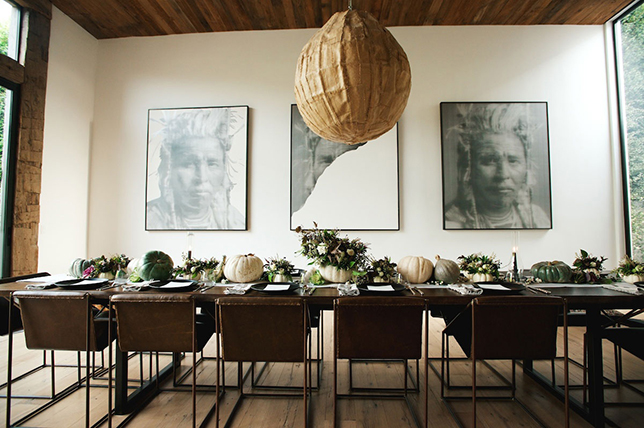
When designing your home, it’s easy to find spaces that look like they belong to someone. You followed the principles of interior design, but your room still doesn’t reflect you or your personality. Think about what you want people to think and see when they walk into your house, and think about what your house is saying about you.
Whether you are a cool, calm and collected person or a person full of life and personality, invoke this feeling into the design of your home. Come up with a list of 5 words to describe your space and let your imagination run wild.
The devil is in the details
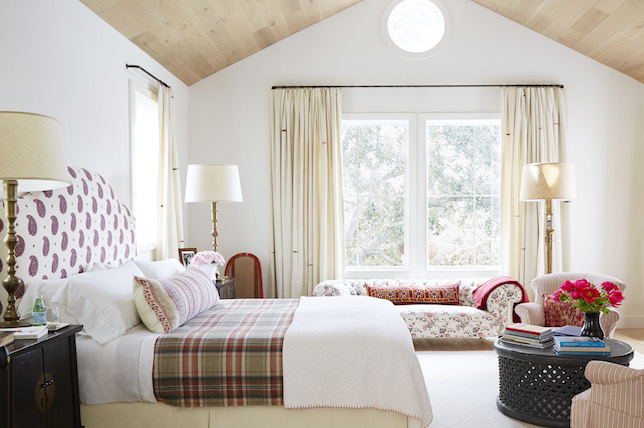
Details make a huge difference, whether it’s the style of the seams on your curtains, the patina of your wooden floor, or a lovingly handcrafted piece of furniture that you have in a room. Details are what bring a space together and make it feel like it is more of a room than just a room and are another foundation for interior design.
It can be a stylish lamp in a corner, a plant next to your fireplace, or the collectibles that are on your shelf. Take the time to see the details of every room in your home. Things like matching the color of your pillows to the color in one of your artwork, or a complementary pattern on a rug that looks great on your couch, can make all the difference. Be on the lookout for quality products and consider where everything is going as details make all the difference.
Images via Pinterest
 efistu.com Home Decor
efistu.com Home Decor
